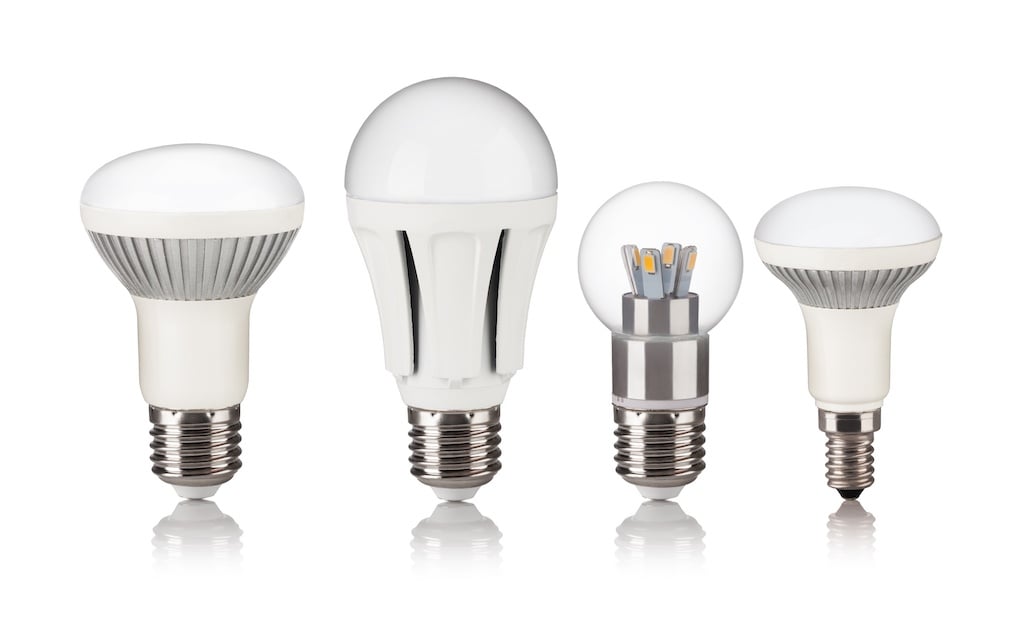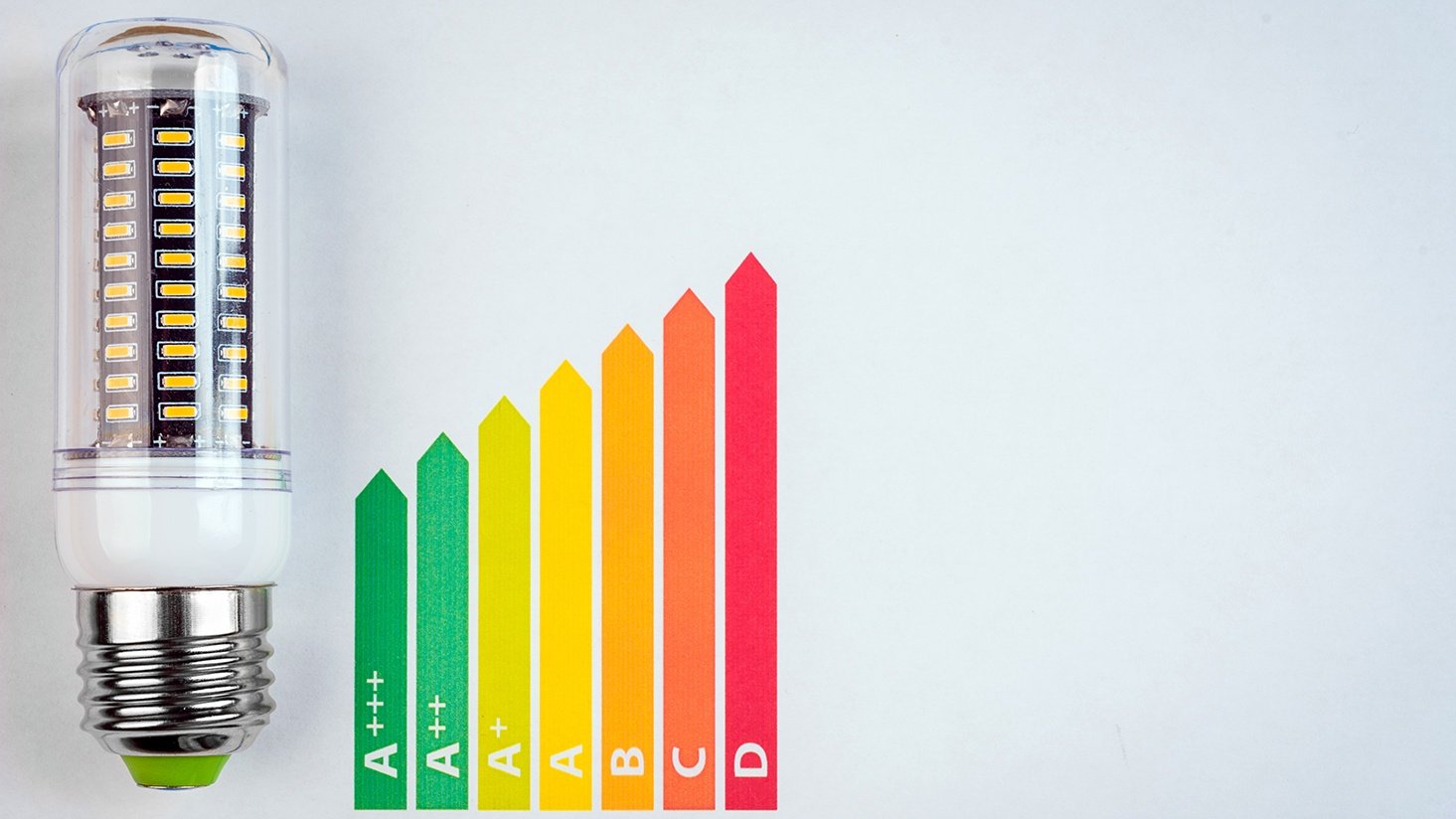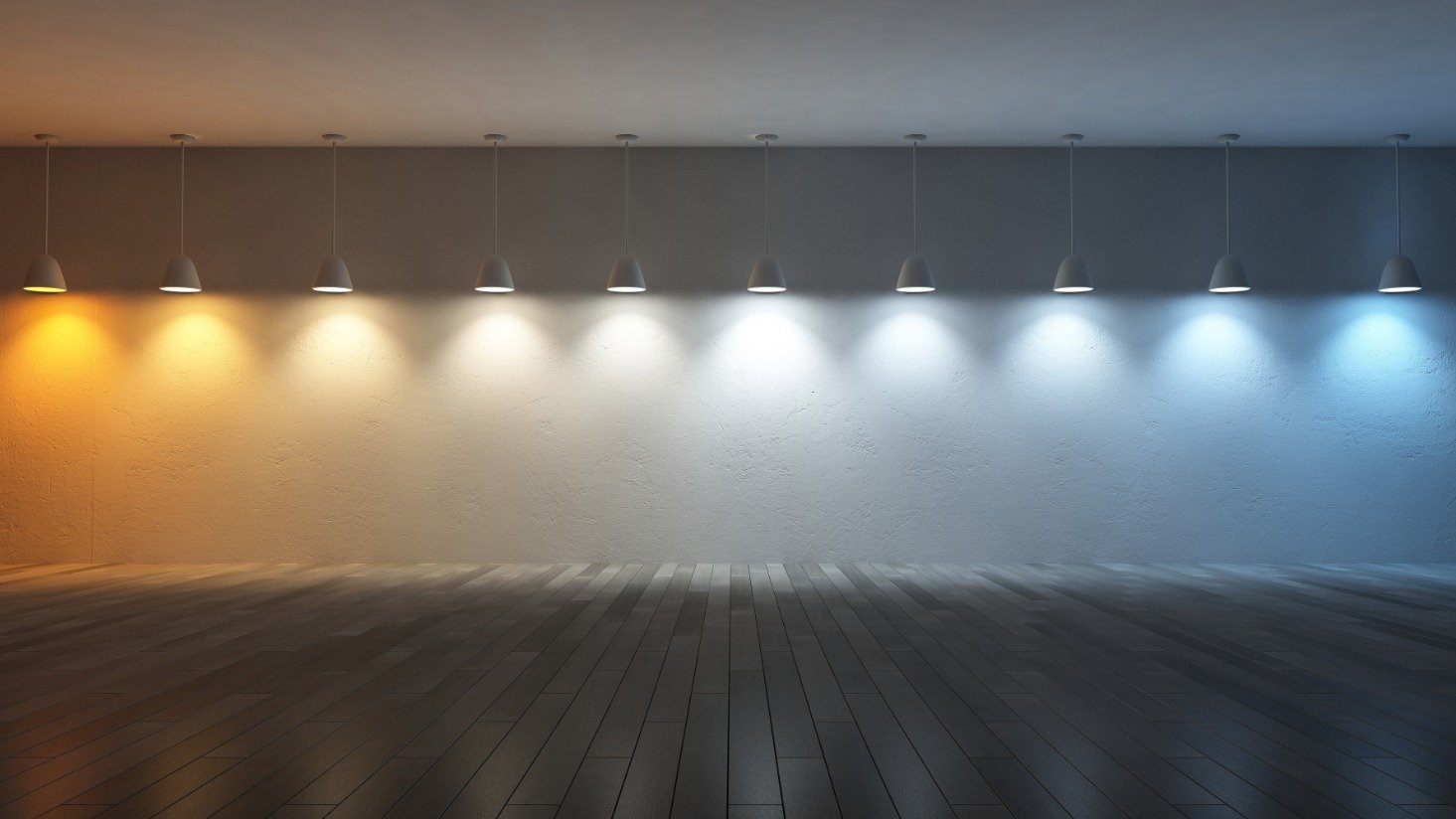A rule of thumb for vetting new lighting products and manufacturers

If you’ve been considering LED lighting over the last few years, you’ve probably been approached by at least a few different manufacturers touting the superiority of their products. You’ve probably also noticed the explosion of new vendors and products on the market. It’s enough to make your head spin.
But some big questions still loom over the LED decision-making process. How do you commit to a product and avoid the anxiety that something better is going to come out in two months? How do you weed through the onslaught of new technologies, vendors, and options in the lighting industry?
How to choose a lighting manufacturer
We get approached by a myriad of manufacturers that want us to distribute their products, so we’ve developed expert vetting skills. We perform due diligence and ask a long list of questions, but they tend to center around one rule of thumb we like to follow: if something is 20 percent better, more efficient, cheaper, shinier, or [insert your favorite value metric] than something else, then it is worthy of your consideration.
This helps us to weed out the minor, incrementally improved products. No one wants to spend time and resources on things with diminishing value.
But in the constantly evolving world of business, what other considerations are important? After all, this 20 percent rule doesn’t necessarily address our previous warnings about manufacturers whose warranties span longer than they’ve been in business.
Here are a couple more things that might make a new product worth considering, so long as the company manufacturing that product can answer some difficult questions.
Download: '9 Questions To Ask A Lighting Manufacturer.'
When is a newer lighting manufacturer worth considering?
A new lighting manufacturer may be able to identify customer needs and innovate quickly enough to beat some of the larger manufacturers to the market. We’ve seen this happen with a variety of products from LED replacements for pin-base CFLs to jewelry case lighting.
By the same token, you may not have solid options for an industrial LED lighting retrofit, and Lighting WowPopNow just happens to have a product that seems to fit the bill. Should you consider it? Be sure to ask some tough questions about their sales history, longevity, and ability to support a warranty. If you just can’t live without the product and the manufacturer’s stability is in question, you might want to consider a third party warranty for your project.
Here’s an example where a newer lighting manufacturer was worth considering. The company Archipelago was one of the first to successfully push a filament LED bulb to market. Those lamps, which resembled the Edison bulbs we're accustomed to thinking of when we hear "light bulb," were more than 20 percent better. Some would tell you they were 100 percent better than the extraterrestrial-looking LED fin bulbs that first made their way to market.
How do I choose a product with new LEDs constantly being released?
Selecting a new manufacturer is one thing, but what about choosing between new products in general? It seems like LEDs are on an update schedule that's almost as fast as smartphones. Well, we still apply the same principle.
You can see in the table below two generic products – a contractor grade LED A19 and a professional grade LED A19. These are prices similar to what you would find from a major manufacturer, and also what we offer online.
Note: If you register for a business account, you could receive discounted pricing.
Comparing LED A19 Bulbs
| Contractor Grade | Professional Grade | |
| *Average price | $2.95 | $5.79 |
| Lumens (light output) | 800 | 800 |
| Incandescent wattage equivalent | 60 | 60 |
| Actual wattage | 9 | 11 |
| Lumens per watt | 94 | 73 |
| Average life rating | 10,000 | 25,000 |
| Color quality out of 100 (CRI) | 80 | 94 |
| Dimmable? | No | Yes |
The contractor grade lamp is more than 20 percent less expensive than the longer-lasting professional grade lamp. But the professional grade lamp lasts two-and-a-half times longer, plus has a much higher CRI (color rendering index).
It's also worth mentioning that in some states, like California, you can't purchase light bulbs if they don't meet certain specifications. In California, you wouldn't even be able to buy the contractor light bulb. You can read more about light bulb bans by state in this blog.
When it comes to making a decision like the one above, weigh the key driver for your purchase. Is it price or maintenance?
If up-front price is your primary concern, the contractor grade lamp is the clear choice.
If maintenance is your primary concern, the professional grade product's long-life rating is a no-brainer, as it will last significantly longer.
One word of caution, though. If your main concern is making sure that you get the best return on your investment, you should take a comprehensive look at the savings each of the products will give. The total cost of lighting, including energy and maintenance costs, might mean that a more expensive product could generate more savings and a more impressive payback than you might expect.
We wrote a free e-book to take the mystery out of the different savings calculations for a lighting retrofit. You can download that here.












